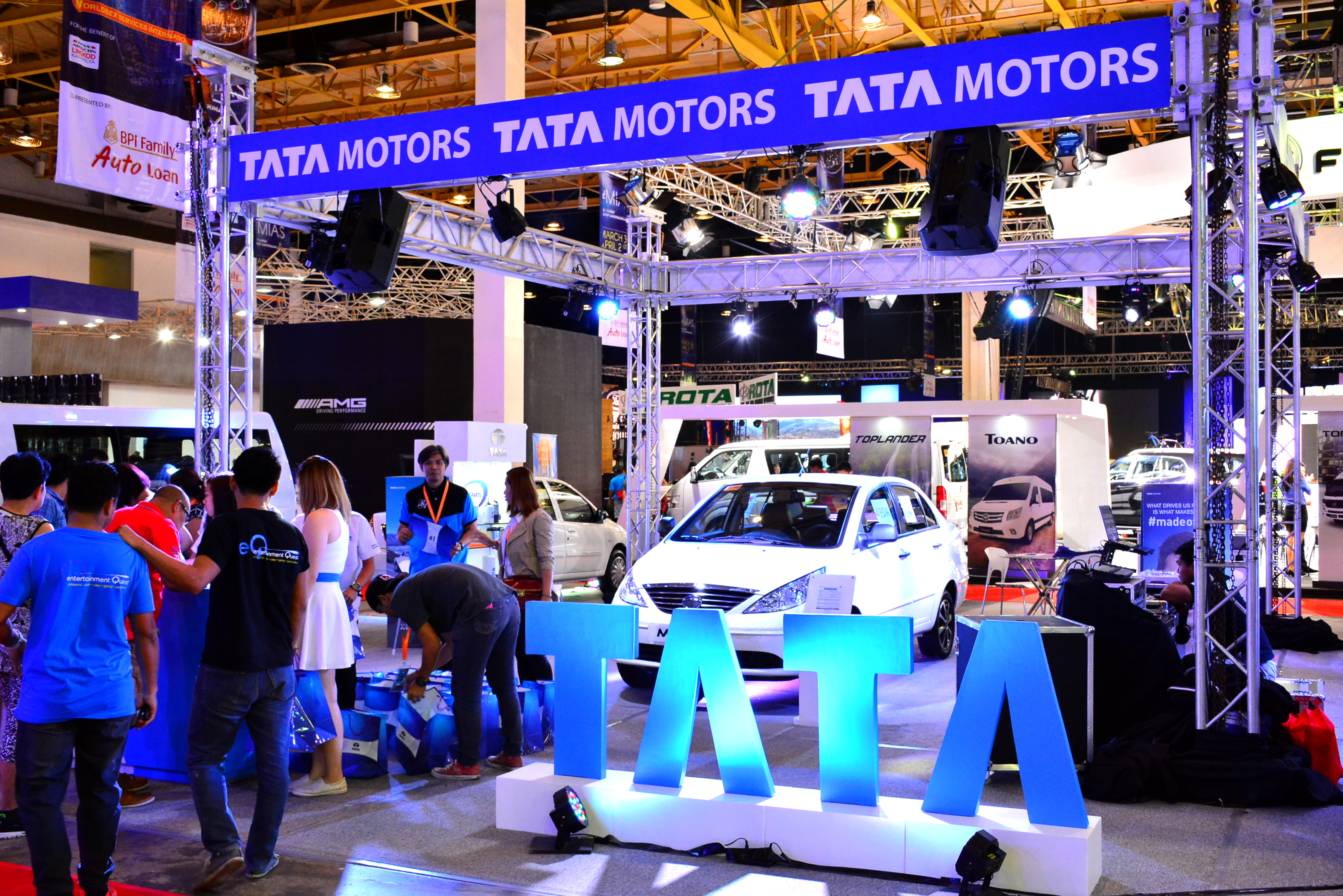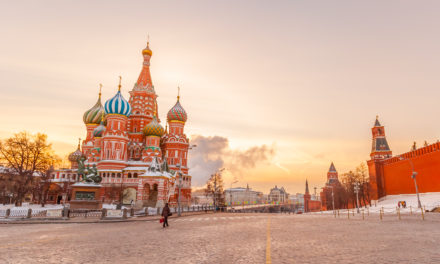The Role of India’s Largest Corporation in the Country’s Capitalist Evolution
The Role of India’s Largest Corporation in the Country’s Capitalist Evolution

For over a century, Tata, India’s largest corporation, has been central to the nation’s economic growth with flourishing businesses in an array of industries from autos to steel. Now Tata is reaching beyond the country’s borders to form joint ventures with foreign corporations who are eager to gain a foothold there.
Why this matters
As India completes the transition to a fully developed country, it offers a huge market for Americans entrepreneurs
The takeaway
In devising a strategy for marketing their products to India’s vast middle-class, foreign companies need to understand the nuances of the Indian economy, including its history
In Depth
Six years ago, when Starbucks opened its first store in India, the Seattle-based coffee giant established a 50-50 joint venture with an Indian company. Even though the Indian government no longer prohibits foreign companies from going it alone, this route remains the one most often taken by American corporations. That’s because local partners can be helpful in both managing India’s complex regulations and in figuring out a strategy to appeal to its 600 million middle-class consumers.
Today Starbucks operates over 100 stores in six cities across the nation. While growth remains relatively slow, John Culver, group president of Starbucks International, is confident that India will eventually emerge as one of the company’s top five markets. A key reason for Culver’s optimism is that Starbucks ended up partnering with Tata, India’s own super-corporation, which over the last century and a half, has immersed itself in various sectors, including steel, chemicals, cars and information technology as well as food and beverages.
So when residents of Bangalore ask for a latte in a branch of “Starbucks: A Tata Alliance,” as the Indian outlets are called, they are buying two well-known brands at the same time. Says Mircea Raianu, a researcher affiliated with the Ed Snider Center, who focuses on the history of both south Asia and global capitalism, “Most people in India are familiar with American culture and know what a Starbucks coffee is. And Tata has also long been associated with high-quality products and services. In fact, for the locals, Tata also represents something American, as its success is what helped bring American-style capitalism to India.”
Raianu is now working on a book about the evolution of Tata, which is based on the dissertation that he recently completed at Harvard under the guidance of the renowned historian, Maya Jasanoff, a specialist on the British empire. To research the project, which covers the period from around 1860 to 1970, Raianu mined the massive Tata archives in the city of Pune in western India. In the late 19th century, India had an underdeveloped colonial economy, (based mainly on agricultural exports). “By pooling together lots of foreign capital and expertise, Tata almost single-handedly brought the country into the industrial age,” says Raianu. “In the early 20th century, Tata was like Standard Oil, US Steel, and General Motors all rolled into one.” In each phase of the country’s recent history, Tata was its leading business. In the 1950s, as the strong influence of the Soviet Union led to a reduction in private sector economic activity across India, Tata still remained wedded to an American way of doing business.
Raianu argues that American entrepreneurs who want to market their products in Asian countries need to learn more about their history. “The surprising thing about India is that its economic history actually has a lot in common with that of the US. India has long had a robust private sector, and that has a lot do with the dominance of Tata.” As Raianu also notes, Tata was closely modeled on American companies that practiced good and responsible capitalism. For example, Tata’s vast philanthropic wing, which has been funding health and science research since 1909, mirrored the Ford Foundation, which also used to own a majority stake of the parent company. Says Raianu, “After World War II, Tata strove to be just like the ideal American corporation—like the one many Americans today are nostalgic for.”
Dig Deeper:
http://www.tata.com/article/inside/sumitro-ghosh-starbucks-india-experience
http://www.thehindubusinessline.com/companies/tata-starbucks-opens-100th-in-india/article9921925.ece
https://finance.yahoo.com/news/tata-starbucks-reaffirms-growth-india-113600345.html
https://histphil.org/2016/02/25/tata-philanthropy-and-the-making-of-modern-india/
Joshua Kendall has written on business and healthcare for numerous publications including BusinessWeek, Fortune.com, The New York Times, The Boston Globe and The Washington Post. For more about his work visit JoshuaCKendall.com.




